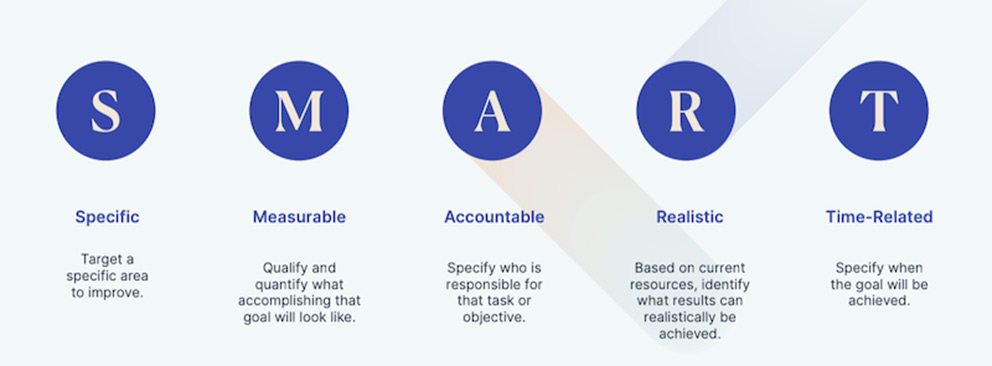Ideas are the beating heart of any creative business. That said, time is money. So, if you aren’t delivering a service professionally and within a promised time frame, you will lose clients – no matter how remarkable your ideas.
That’s why the shrewdest creative and digital agencies adopt standardized ways of working. Those seeking a slicker, quicker, less stressful way to deliver quality work to clients – every time – are switching to an array of digital workflow dashboards. With a well-managed, easily accessible workflow process, you’ll encourage creative juices to flow while avoiding chaos and confusion during content production and campaign delivery.
A streamlined product creation process saves an agency time, helps control costs, and protects reputation. You’ll keep your talented creatives calm and collected, too. As creative leaders agree, with creativity must come structure.
“Order is needed to have room for creative thinking itself. If one has to fight against overall chaos, dealing with messy practicalities, there rarely is time nor precondition for great creative work.” – Nils Kajander, Co-Founder & Managing Director, Bond Agency
A team manager or agency executive will know that operational efficiency also means maximizing billable hours, speeding up less profitable daily tasks, and tracking productivity metrics and client KPIs. As we say at Ebani, the key is to work smarter, not harder.
Delivering good ideas on time
1. Set clear goals
The first step of any creative campaign is agreeing on the project scope and setting practical goals. Once you know precisely what the client envisions and requires from the project, you can build a game plan and set out how your agency will achieve these goals.
Agreeing on a SMART framework will get you out of the starting blocks. It ensures all involved parties know what’s expected and who is taking responsibility for what. Just remember to set realistic deadlines for everyone.

SMART framework in a nutshell
Next, it’s a case of organizing key areas of a project into a multi-layered document (or other digital assets) that shows the flow of a project’s movement over time – from concept to revisions to final approval.
As Kaupo Kõrv, Designer and Founder at Haiku, explains, there’s no such thing as having too much communication between team members:
“Aligning the team around the right goals is crucial. Be it an internal project or consultation work, overcommunicate everything with everyone in the early stages.”
Nils Kajander agrees with this notion, stressing the importance of including every stakeholder in relevant communications:
“Everyone involved – including the client – should know exactly what the deliverables are at each phase of the project and that means being clear on deadlines.”
2. Identify inefficiencies
Unfortunately, when delays and inefficiencies creep into agency work, the profit margin takes a hit, and working relationships are put under intense strain. Valuable time for creativity is also drained.
“There will be tons of obstacles along the way and without everybody working tirelessly and in unison, success will be nearly impossible.” – Joe Piccolo, Creative Director, McCann
Therefore, it’s essential to plan projects meticulously, oversee progress, monitor team utilization, and track results. And this is only possible with visibility of what’s happening day-to-day.
Using a powerful collaborative work management solution enables you to identify inefficiencies and bottlenecks and design them out of the workflow.
With the help of a work management solution, you can:
- Organize deadlines and complete operations in agreed stages;
- Detect problems on the horizon before any damage is done;
- Eliminating duplication of work.
And when you deliver the end product, you can be sure it’s compliant with the contract, thanks to an audit trail of approval decisions and amends.
“Being able to double-check all the developments during the process is a must. Today we can do that online, and through mobile apps, so having team meetings daily is just not that world anymore.” – Rauno Kutti, Co-Founder & Creative Director, VURR
3. Create a channel for clear, centralized communication
Clear and honest communication is the first step in understanding client needs and expectations. You also need a mechanism to track project progress and monitor the client’s feedback.
Find out why client feedback is essential during the project.
Ultimately, the client wants visibility and understanding of what your team is developing for them, including what the timeline looks like. As such:
- over-communicate if needed;
- encourage collaboration between departments;
- define channels for specific conversations.
Meanwhile, advertising and marketing campaigns are famously rich in production design and approval stages, often with tight launch dates that need to be closely managed.
“Nothing makes a project go off the rails faster than miscommunications or misunderstandings.” – Melissa Wolf, Account Director, Leo Burnett
One danger for all parties is wasting time searching for information across multiple tools and systems. This will increase the chance of miscommunication. Using a work management solution that has everything stored centrally means you have ‘one version of the truth’ with easy access for all stakeholders.
“When you use Slack for communication, there’s a false sense that just because someone else knows about the project, they’ll handle it and take care of it. That’s not the point of communication.” – Joao Rei, Head of Digital Innovation, Havas
Establishing and encouraging ownership is therefore really important in any creative team. As Rei continues: “Ownership in a creative project is super important. This isn’t about defining roles within a team. This is about making sure the whole team has ownership of the outcomes that are sent to a client and making sure they see the results of their work after the work has gone live.”
4. Perfect the process of prioritization
If your team feels as though they are constantly firefighting, it could be a case of simply understanding the difference between important and urgent when prioritizing tasks for the day.
“Not all briefs are equally important, so it’s a matter of choosing your battles. If you don’t, you’ll just end up working 24/7.” – Lise Skovsted Larsen, Senior Art Director, New York
Using a task management tool can help team members categorize each activity swiftly so that both they and other stakeholders know precisely in which order work will be carried out at any given stage of the project.
5. Know when to get feedback
Pursuing feedback on creative assets and marketing campaigns can be time-consuming and disruptive. Often, managers or clients are tied up with other tasks and won’t be available for ad hoc reviews or updates as a project evolves, halting the team’s progression.
As Rei explains, getting feedback is key to the success of the overall project:
“I don’t believe in the lone wolf creative genius idea. I’m all about teamwork and enhancing the ideas that one person has by getting feedback from others and bouncing those ideas back and forth.”
Therefore, it’s important to create a clear process, setting out when you require feedback and what type of feedback is appropriate at each stage. Remember, the more aligned your vision for a product is with your client, the fewer iterations and rounds of feedback you will need.
And the more organized your team is, the easier it’ll be for them to work collaboratively through tasks and milestones to get a client’s product delivered on time.
“Defining and agreeing on the key goals and boundaries of the project early on will give you the ability to refer back and use this as the steering wheel. Now everyone has a calibrated compass to take on the creative challenge at hand without getting too lost.” – Kaupo Kõrv
If you aren’t on the same page as your client and your team doesn’t have a clear roadmap for successful project delivery, it could cost your agency dearly when it comes to receiving repeat business or rave reviews.
6. Choose the right tools
Keeping a project on track and the team aligned requires putting in the groundwork before a project kicks off. The right software will support you every step of the way, so think carefully about what you need. Features such as a customer portal and real-time chart can help you confidently work with clients and forecast deadlines.
“There needs to be a proven process in place. A process that includes great resources and equipment.” – Joe Piccolo
However, it’s worth remembering that not all relevant features come as standard within standalone project management software. Therefore, creative agencies typically use a more creative management software for end-to-end planning and progress tracking, all within the same customizable dashboard.
The ability to speed up processes is a big win. With access to interlinked data and automated workflows, creative teams will have more time to focus on what’s important in their working day. They can collaborate securely, too, with information available on-demand, even from remote locations.
Learn how to successfully manage projects remotely.
A balance of structure and creativity
Although creative agencies thrive on their teams’ individual imagination and ingenuity, the process from planning to completing a project must be structured and organized throughout.
“Being creative has the connotation of freedom. But in the professional world, we are usually not being creative for the sake of it. Our job is to apply it in the right context.” – Kaupo Kõrv
Interested in knowing more, call Ajit Puttnam at +91 7799000590 or write to him at [email protected]



